'I wanted to shake 'em up a bit'
inkognito
18 years ago
Related Stories
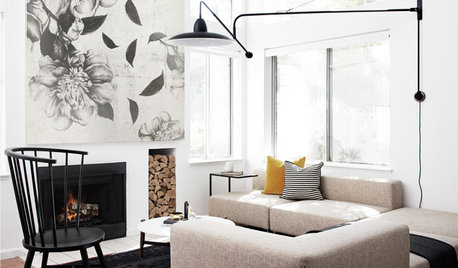
HOUZZ TOURSHouzz Tour: High Contrast Shakes Up a Townhouse
A tight budget and a run-of-the mill space didn’t stop two designers from whipping up chic interiors
Full Story
PRODUCT PICKSGuest Picks: Kaleidoscopic Color to Shake Up Your Rooms
Why pick one color when you can have all of them? These high-pigment home decor pieces dazzle with a full spectrum of happy hues
Full Story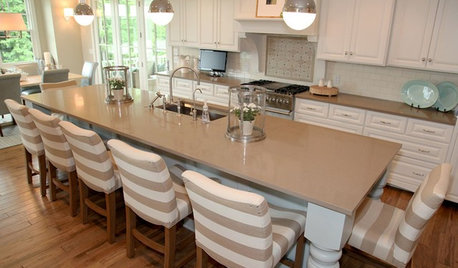
PATTERN10 Ways to Shake Up a Room With Circles and Stripes
Decorate with two diametrically different patterns in a restrained way, for a look that’s both dynamic and tasteful
Full Story
ENTERTAINING16 Ways to Shake Up Your Summer Bar
Add dash to your splashes and kick up your mixes with a bar area as cool as your summer cocktails
Full Story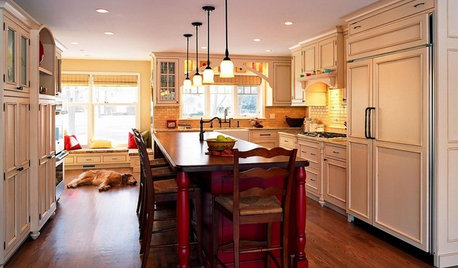
REMODELING GUIDESHouse Planning: When You Want to Open Up a Space
With a pro's help, you may be able remove a load-bearing wall to turn two small rooms into one bigger one
Full Story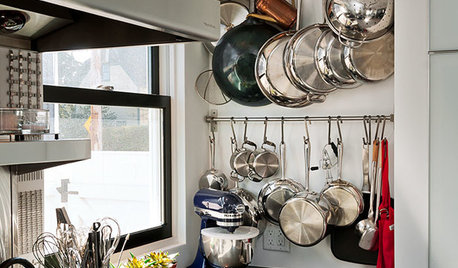
KITCHEN DESIGNHang 'Em or Hide 'Em: 10 Stylish Ways to Store Pots and Pans
Keep cookware neat and at the ready with racks, drawers and creative storage solutions
Full Story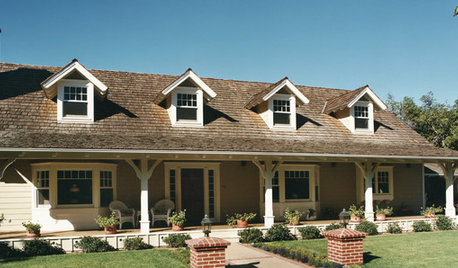
ROOFSNo Substitute for the Natural Beauty of Wooden Roof Shingles and Shakes
This natural, renewable roof option brings weathered character and nostalgic appeal to traditional-style homes
Full Story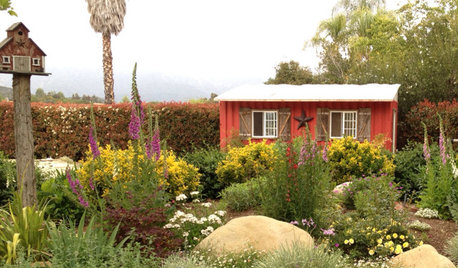
SALVAGEReinvent It: A Shipping Container Goes a Little Bit Country
See how resourceful horse owners turned low-cost storage into a country-style barn for hay
Full Story
FURNITUREKnow When to Fold 'Em
When space is tight, look for furniture that cleverly collapses, expands or fills more than one role
Full StoryMore Discussions






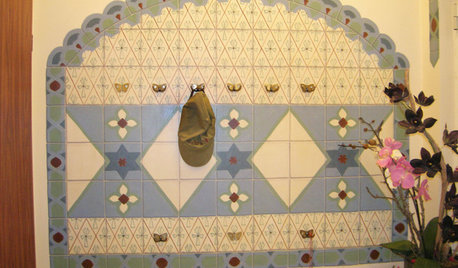

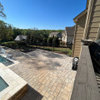


Redhead_NC_Z7
ironbelly1
Related Professionals
Ashburn Landscape Architects & Landscape Designers · Seabrook Landscape Architects & Landscape Designers · Edmond Landscape Contractors · Bridgeview Landscape Contractors · Cockeysville Landscape Contractors · La Mirada Landscape Contractors · Oak Harbor Landscape Contractors · Tehachapi Landscape Contractors · West Haverstraw Landscape Contractors · Fredericksburg Decks, Patios & Outdoor Enclosures · Greeley Decks, Patios & Outdoor Enclosures · Justice Decks, Patios & Outdoor Enclosures · Pittsburgh Decks, Patios & Outdoor Enclosures · Richmond Decks, Patios & Outdoor Enclosures · Saint Louis Park Decks, Patios & Outdoor Enclosuresmich_in_zonal_denial
karinl
nandina
madtripper
GingerBlue
ilima
maro
Karen Mickleson
patrick3852
nandina
bruce3
patrick3852
patrick3852
GingerBlue
Karen Mickleson
inkognitoOriginal Author
miss_rumphius_rules
patrick3852
patrick3852
diggingthedirt
inkognitoOriginal Author
diggingthedirt
rusty_blackhaw
patrick3852
inkognitoOriginal Author
rusty_blackhaw
mich_in_zonal_denial
Cady
spunky_MA_z6
mich_in_zonal_denial
inkognitoOriginal Author
tibs
nicethyme
rusty_blackhaw
Cady
inkognitoOriginal Author
heatheron40
nicethyme
nicethyme
burntplants
Cady
burntplants
catkim
inkognitoOriginal Author
nicethyme
Cady
jumpinjuniper
sandyhill